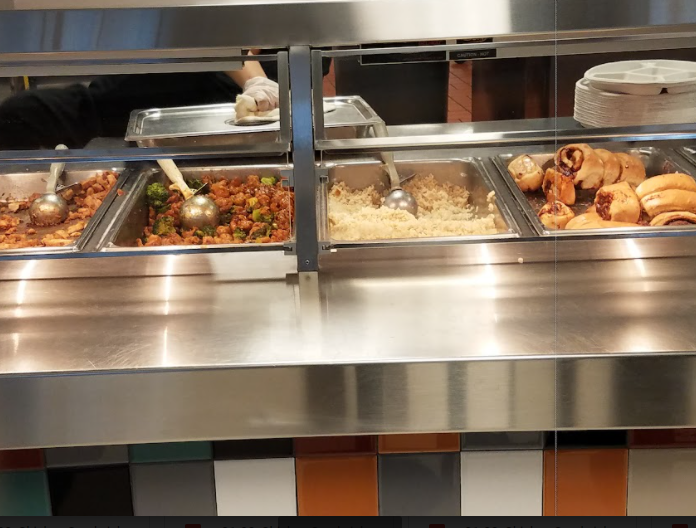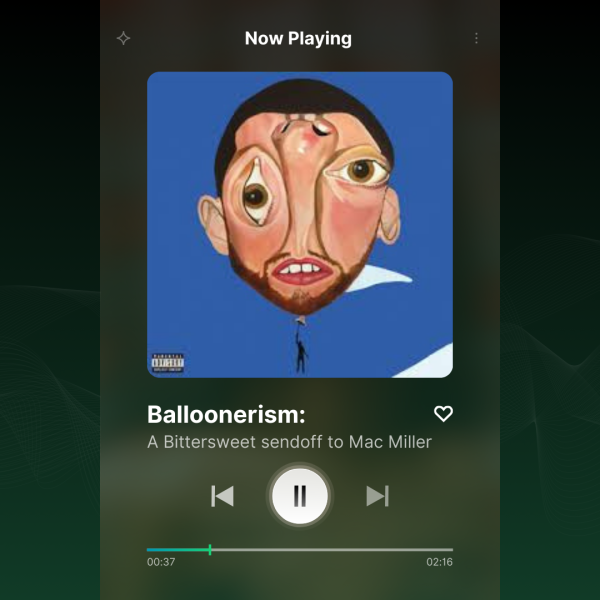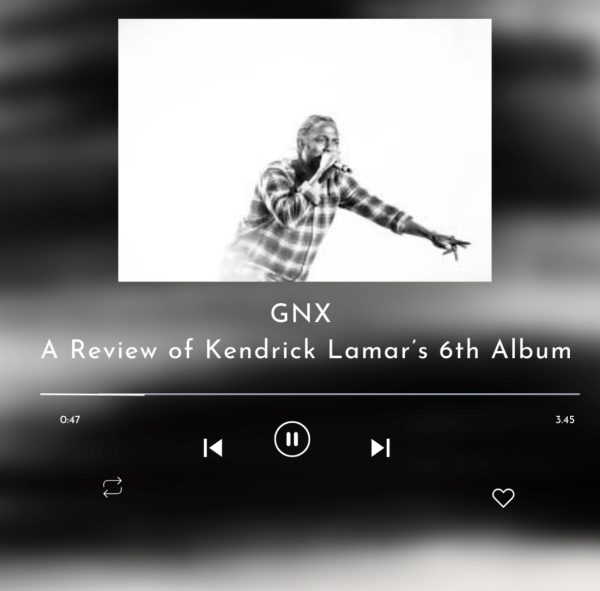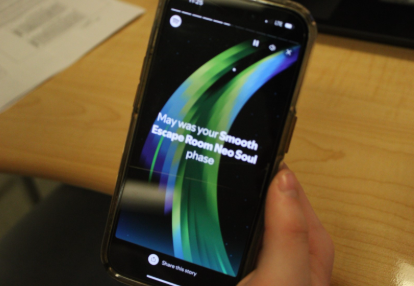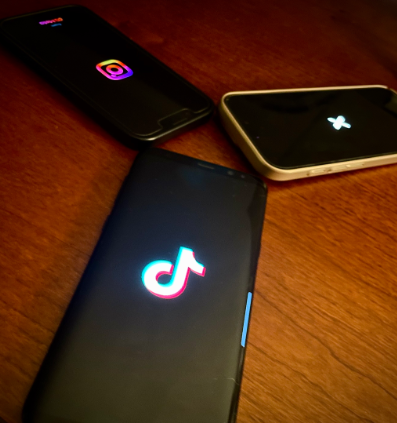The Positive and Negative Effects of the PWCS Free Lunch Program
Lunch at Patriot High School.
Upon entering the 2021-2022 school year, there have been many changes due to Covid-19 and increased health and financial issues implemented by the school board. One is providing free breakfast and lunch for all PWCS students. Although there are benefits for the students that get school lunch, there have been some downsides as well that have deeply affected the school body in many ways.
There are 49,494 children in Virginia with school meal debt and the average debt per child is $169.39. Nationally, approximately 1.54 million students can’t afford their school meals.
Eating and nourishing the students’ bodies is very important for multiple reasons, one being to enhance a student’s ability to focus. By making school lunch free and accessible to every student, more kids will get the nutrients and energy they need to pay attention in class and perform better in school. Moreover, recent studies have shown that providing food to kids through the countywide school lunch program has led to improved test scores.
According to The Regulatory Review, there is a stigma towards students who receive discounts on student lunches. Therefore, getting unpaid lunch lowers the student’s confidence in themselves because they feel as if they can’t or aren’t equal to the students who can afford the school lunches.
Ann Cooper, Director of Nutrition Services for the public schools in Berkeley, California, said that the separation between students who pay and those who receive free meals was an important “social justice issue”. Therefore, when the free school lunch option became available to all students, it created a common ground between both types of lunch buyers.. Because of this, kids that usually get discounts on school lunch can enter the lunch line confidently knowing that they won’t feel singled out.
“Now that everyone is getting free lunch, no one will feel embarrassed to get lunch since they won’t need a discount anymore,” Niko Fombellida (’22) said.
Another downside is that students often tend to waste food by throwing away uneaten food at lunch, and the environment pays the toll.
On average in the United States, a total of 530,000 tons, or about 39.2 pounds of food gets wasted per year. Additionally, it costs about 9.7 million dollars a day to manage all the food being wasted by students. These statistics emphasize how students throughout this country don’t appreciate the work being put in to provide lunch in school.
The food that gets thrown away, untouched, ends up in landfills that produce methane gas, which seeps into the ecosystem and can have devastating effects like polluting the air and land.
Most people don’t know the process that goes into getting lunches into schools, and by throwing the food away, these students are unknowingly wasting the water and energy it takes to harvest and transport it.
“It isn’t good for the environment to be wasteful, and if [throwing away food] is just a one time thing, then I get it, but if students constantly do it, then they should stop,” Fombellida said.
Your donation will support the student journalists of Patriot High School. Your contribution will allow us to purchase equipment and cover our annual website hosting costs.

